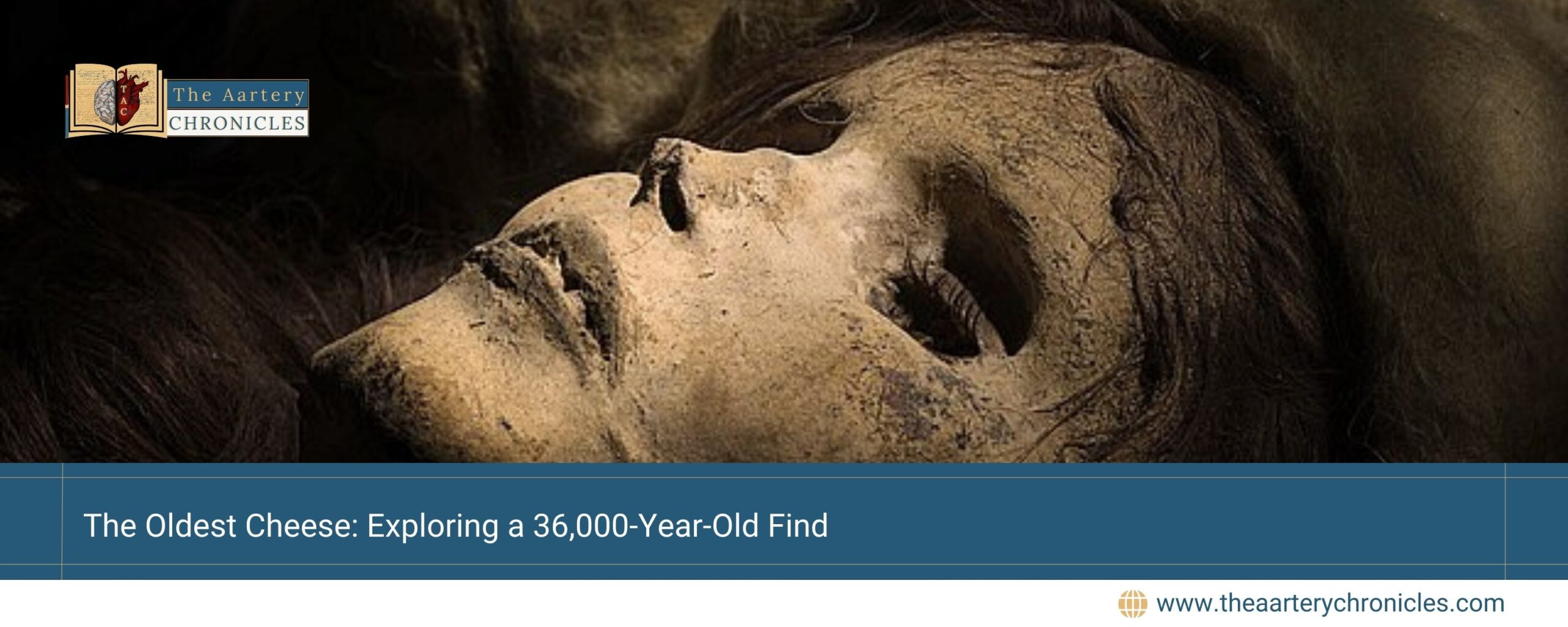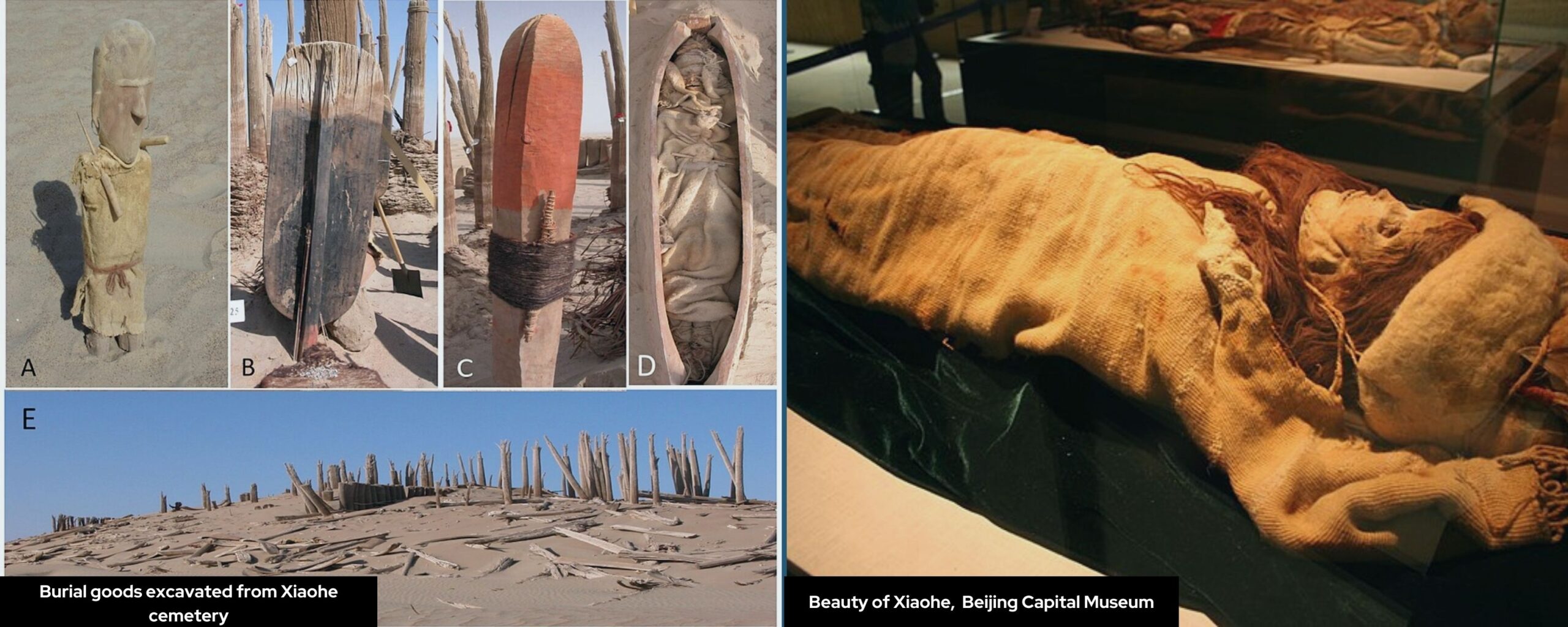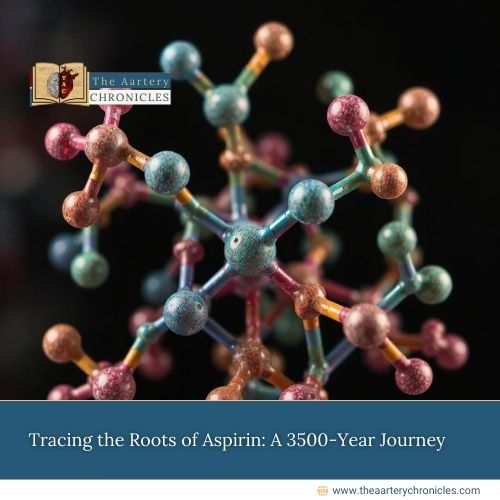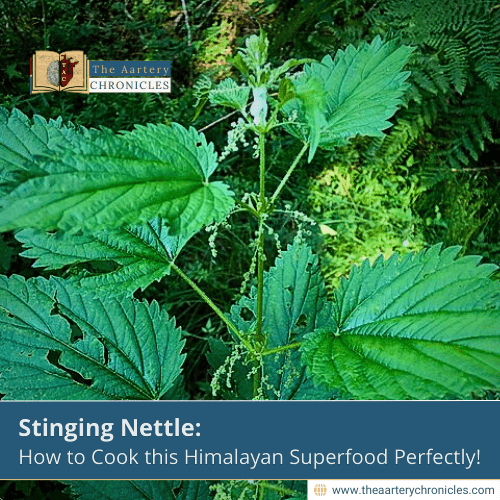

The Oldest Cheese: Exploring a 36,000-Year-Old Find
Overview
The fields of anthropology, archaeology, and paleontology are probably some of the most fascinating disciplines that reveal astonishing details about ancient civilizations, and people’s life back then. Researchers recently resolved an old mystery of a 36,000-year-old mummy with a white substance smeared on it. The white substance of the mummy has puzzled researchers for years, however, now it has been identified to be the oldest cheese in the world.
Discovery and Excavations
- The cemetery was discovered first by a hunter named Ordek in 1911
- Reportedly the site was first formally recognized in 1934 when a Swedish archaeologist Folke Bergman excavated 12 burials and named the site Xiaohe cemetery after a nearby river
- The official and systemic excavation was started in 2003 and was organized by Xinjiang Cultural Relics and Archaeology Institute. The excavations led to the discovery of several tombs with numerous artifacts and well-preserved mummies at the Xiaohe Cemetery in the Tarim Basin
- Since then, around 170 tombs have been excavated and the cemetery was considered one of the top ten discovered in China in 2004
- During one of the excavations a boat-shaped coffin was discovered that contained the mummy of a young woman which was referenced as the ‘Beauty of Xiaohe’ – This specific excavation is considered a significant find
- What puzzled scientists was the white substance that was draped around the neck of the mummy
Discovery of Cheese
- The cheese was found to be draped around the neck of the mummy appearing like a decorative necklace.
- The study published in the journal Cell aimed at analyzing the white substance and exploring its origin and significance.
- Researchers from the Chinese Academy of Sciences led by Qiaomei Fu worked on DNA analysis to confirm the identity of the substance.
The Study
- The study focused on analyzing the remnants of cheese to comprehend its significance and composition in ancient diets
- Research revolved around exploring the evolution of bacteria associated with kefir cheese specifically Lactobacillus kefiranofaciens
- Other significant research objectives were cultural and dietary practices of bronze age communities, migration, and interaction among the population, especially how kefir spread along Xinjiang and East Asia.

Methods
- Samples of the unknown substance from the mummies found at the Xiaohe Cemetery were collected for analysis
- Researchers used the technique of quantitative proteomics to analyze the substance. This enabled the identification of cheese revealing information about its composition and origin.
- DNA extraction and DNA sequencing provided insights into the microbial species linked with cheese primarily Lactobacillus strains
- Finally, the findings were compared with modern cultures of kefir to explore evolutionary significance and understand the ancient dietary practices.
Results
- The unknown white substance was confirmed to be kefir cheese, which is currently the oldest cheese ever discovered.
- Lactobacillus kefiranofaciens and Pichia kudriavzevii are primary bacteria and yeast strains important for kefir fermentation
- The comparison of ancient Lactobacillus strains with modern ones gave insights into the evolutionary history of the microbe
- The presence of both cow and goat milk in cheese indicates a varied approach to animal husbandry among the Bronze Age Xinjiang populations
- The remarkable preservation of cheese which may be credited to the arid climate of the location enabled the detailed analysis of the rare organic material
Analytical Views and Understandings
- The use of cheese in the burial context indicates the significance of the diet and rituals of the Xiaohe people.
- The research findings also show that ancient Bronze Age populations consumed dairy despite being lactose intolerant as the process of fermentation may have reduced the levels of lactose.
- The study also sheds light on human-microbe interactions over time, especially the influence of ancient dairy practices on dietary adaptations and microbial evolution.
- The findings also suggest potential migration routes and interactions among the populations indicating that kefir culture may have spread from Xinjiang to other parts of East Asia.
Conclusion
The discovery provides an understanding of the dietary practices and cultural significance of Bronze Age civilizations. Although the history of consuming fermented dairy is long, only a little is known about the application and evolution of fermented microbes over time. Studies like these are important for understanding our past, they inspire us to appreciate our traditional practices and cultures that have been passed down to us through generations.









